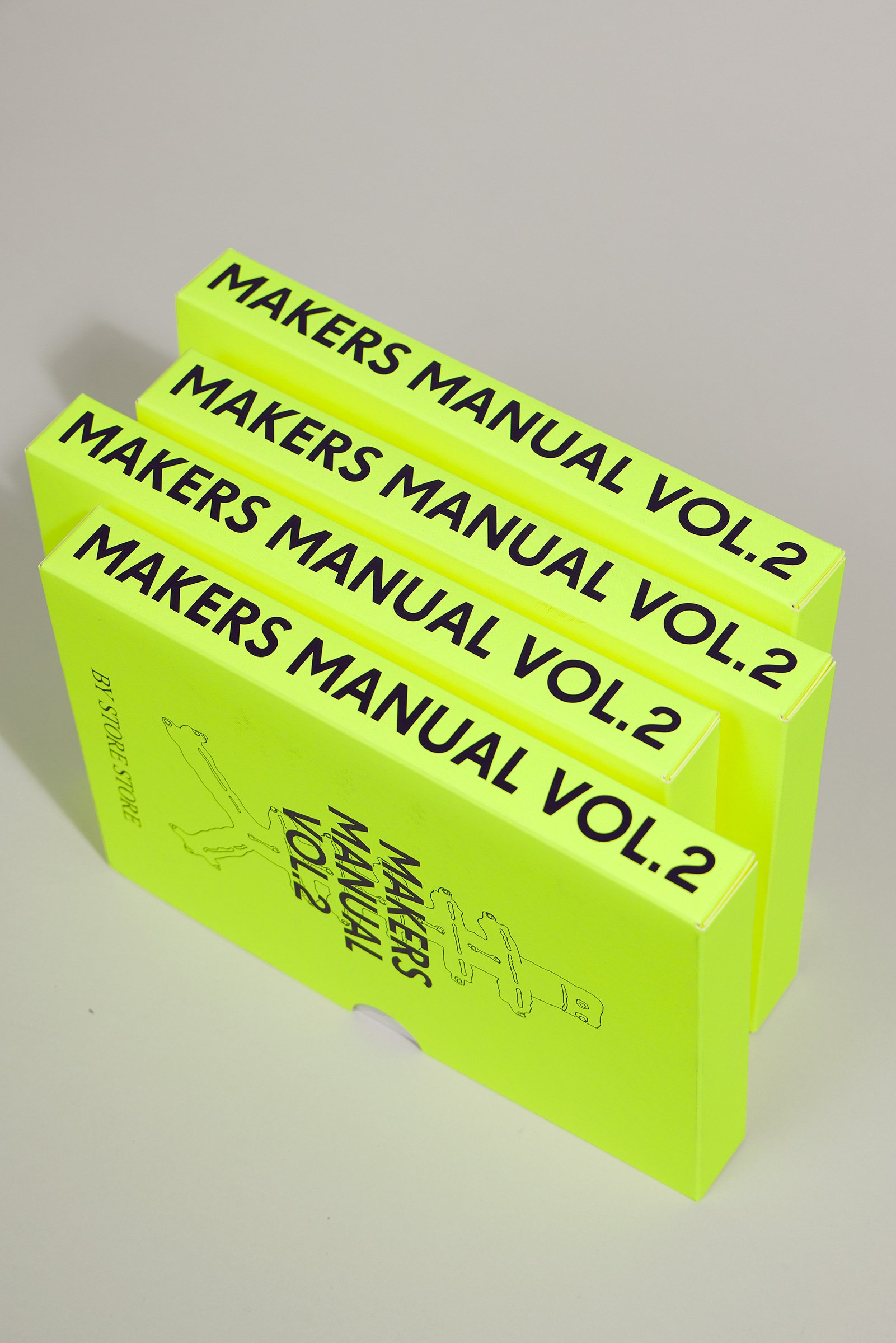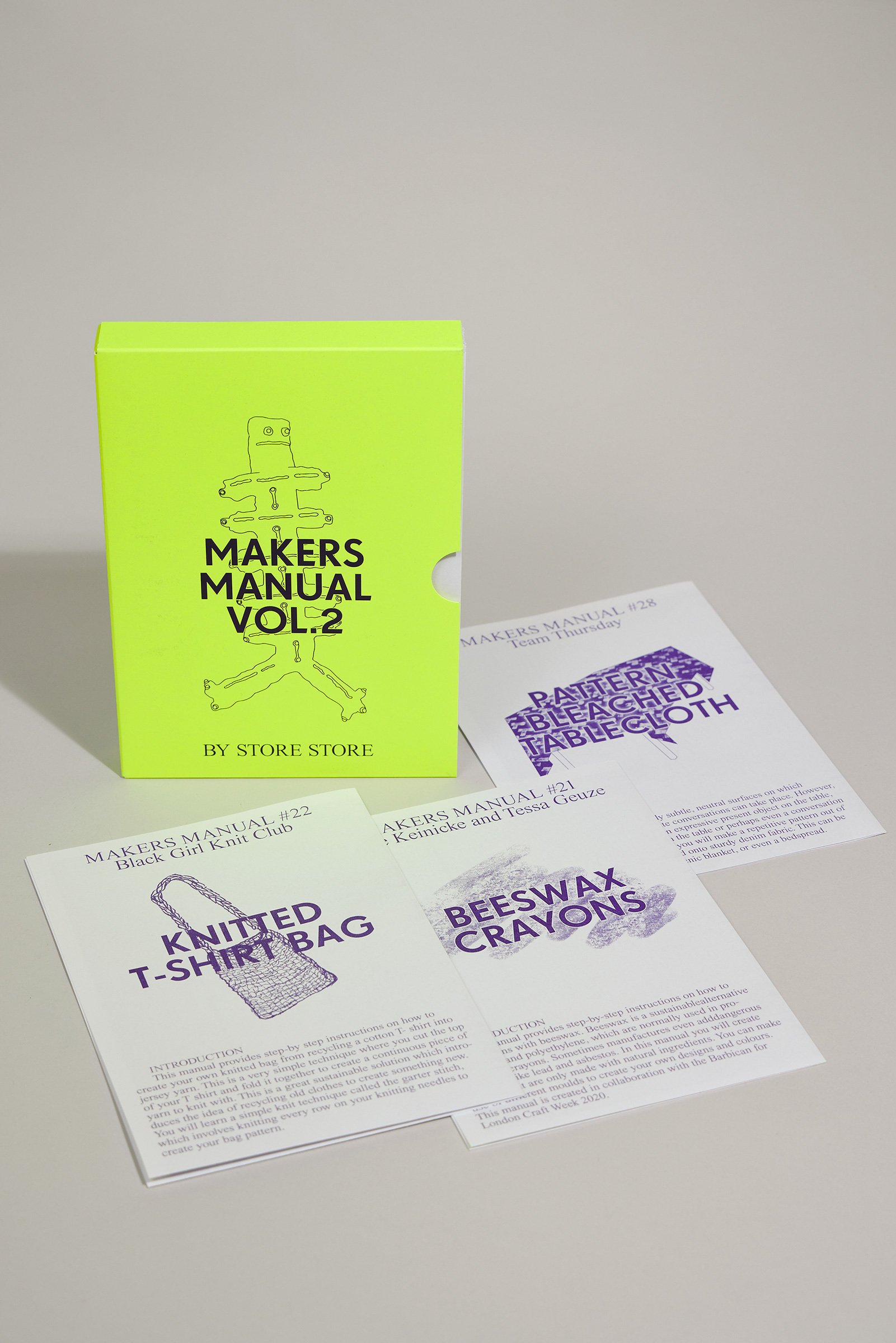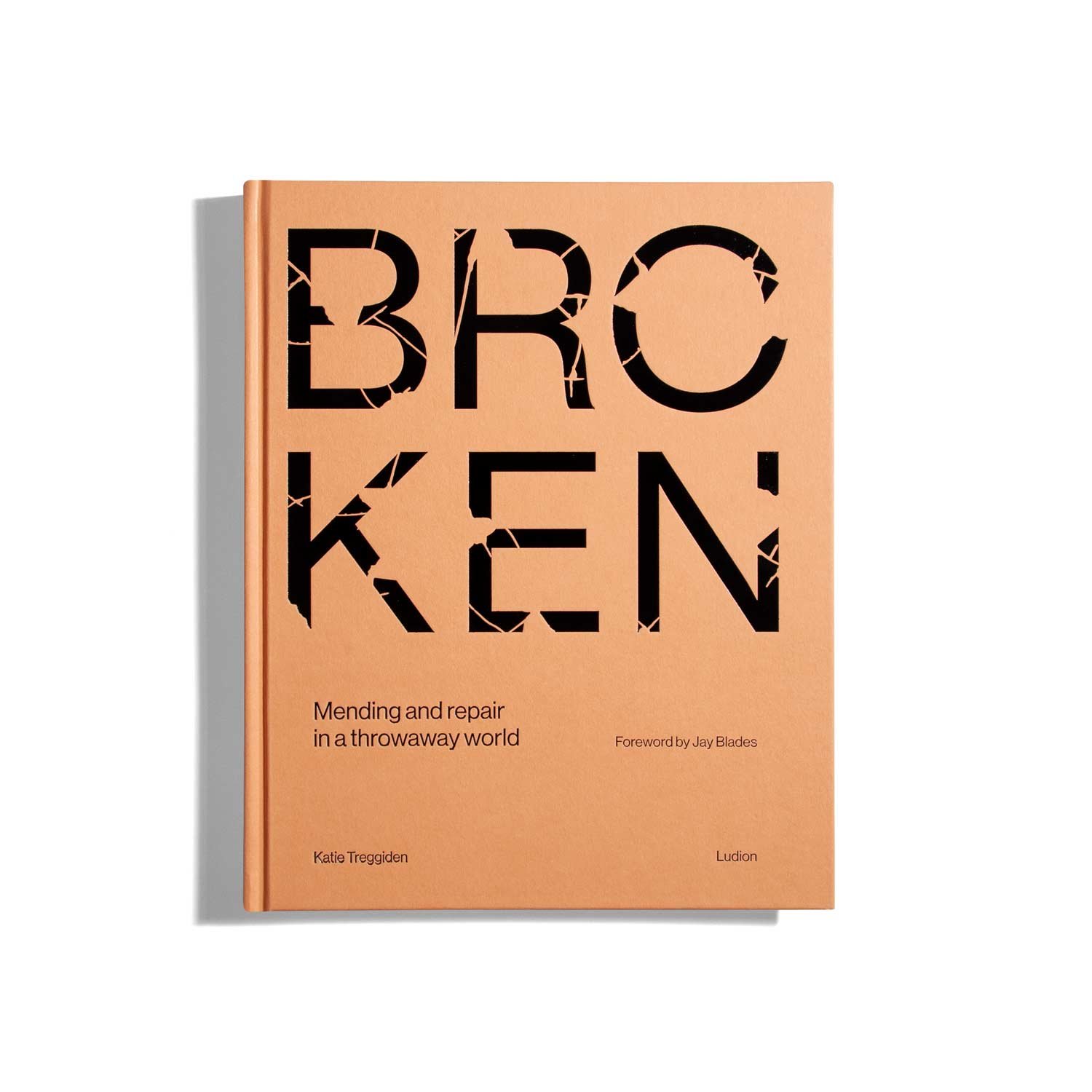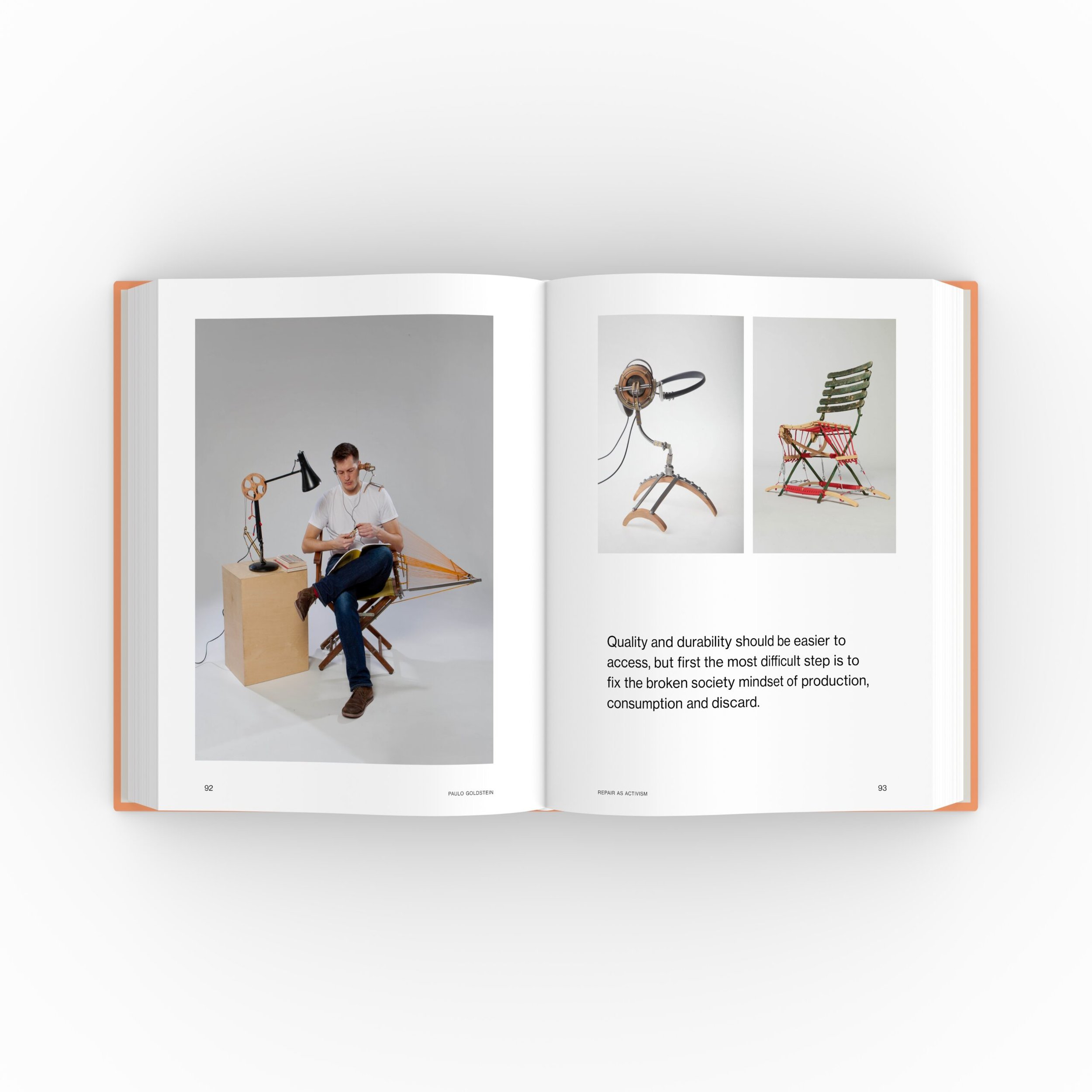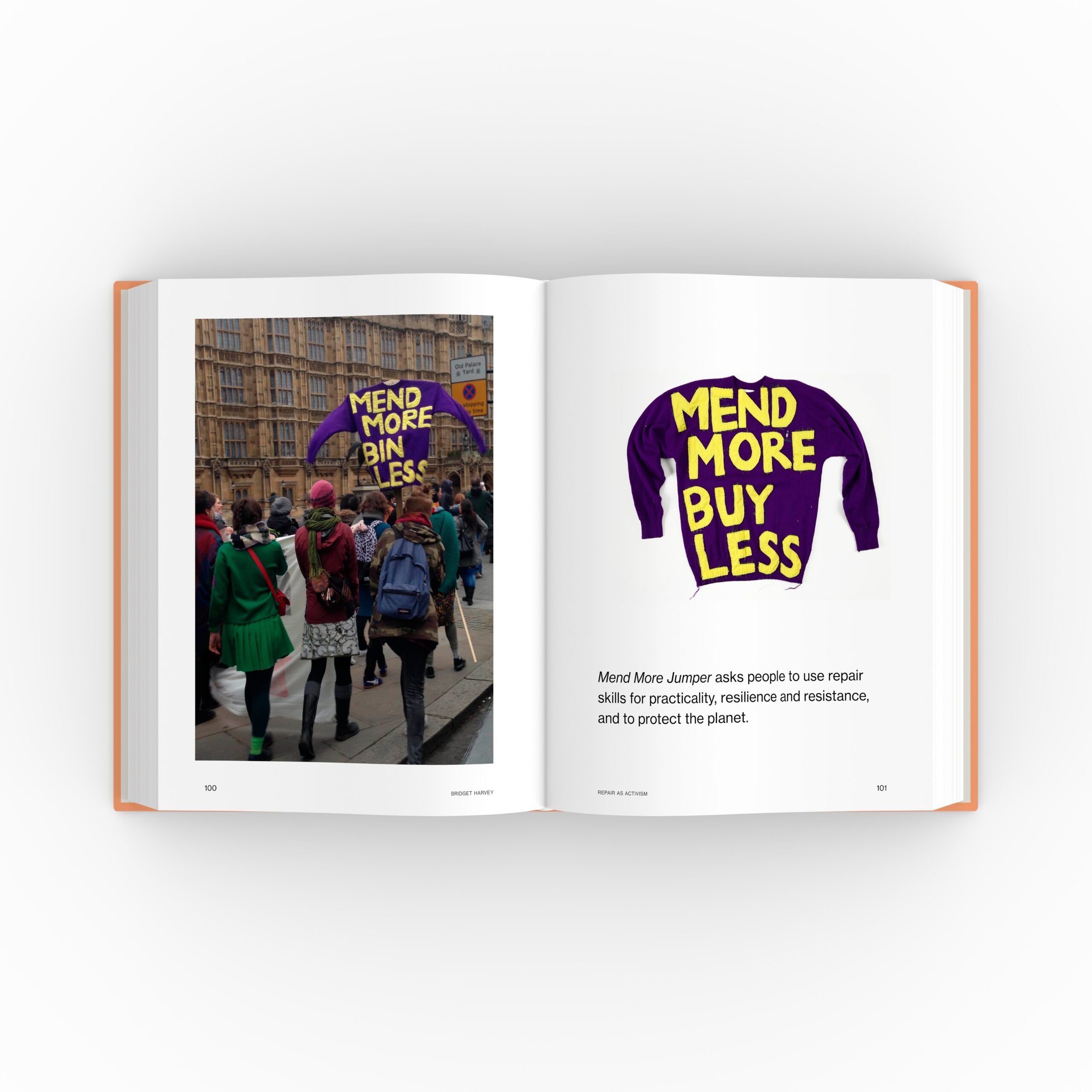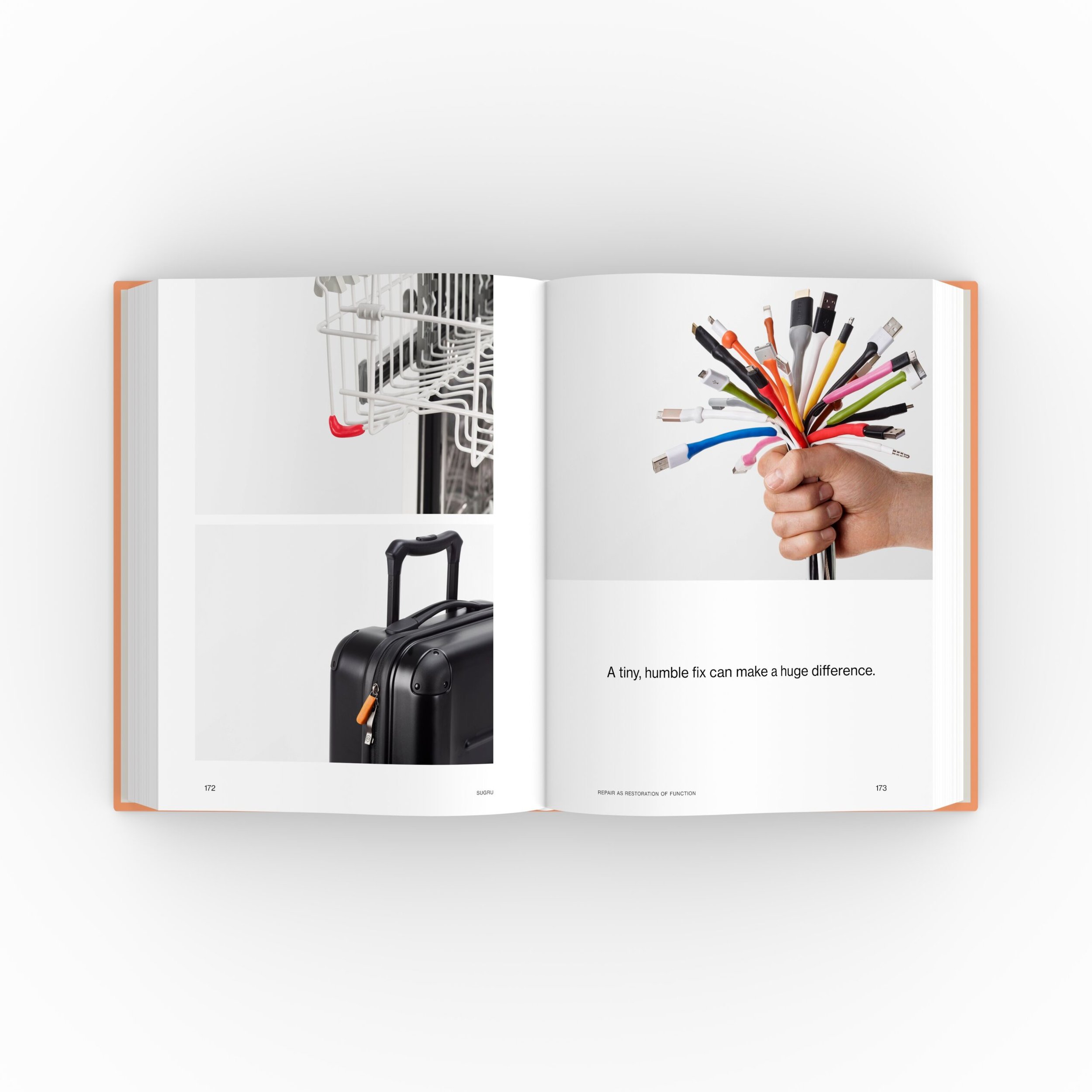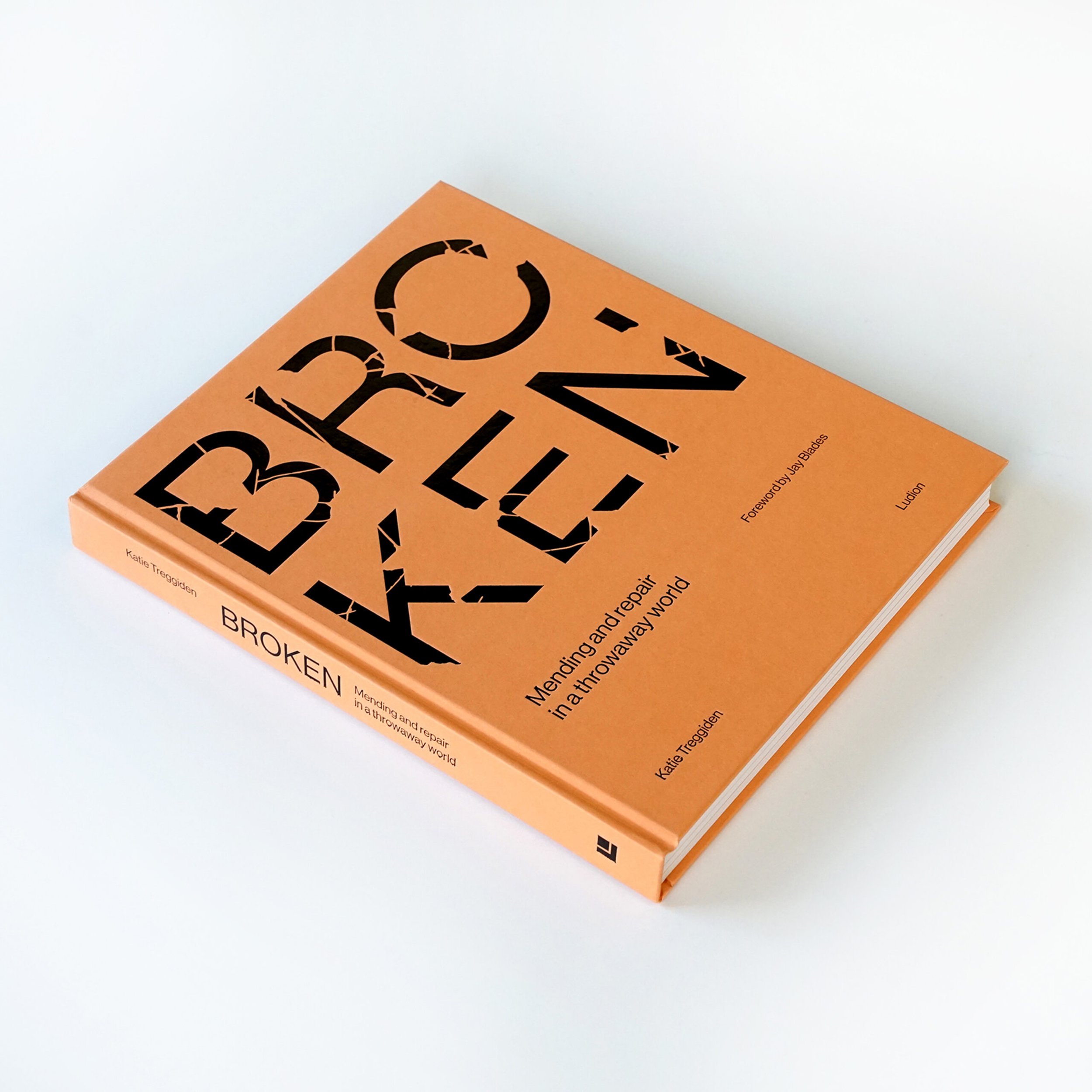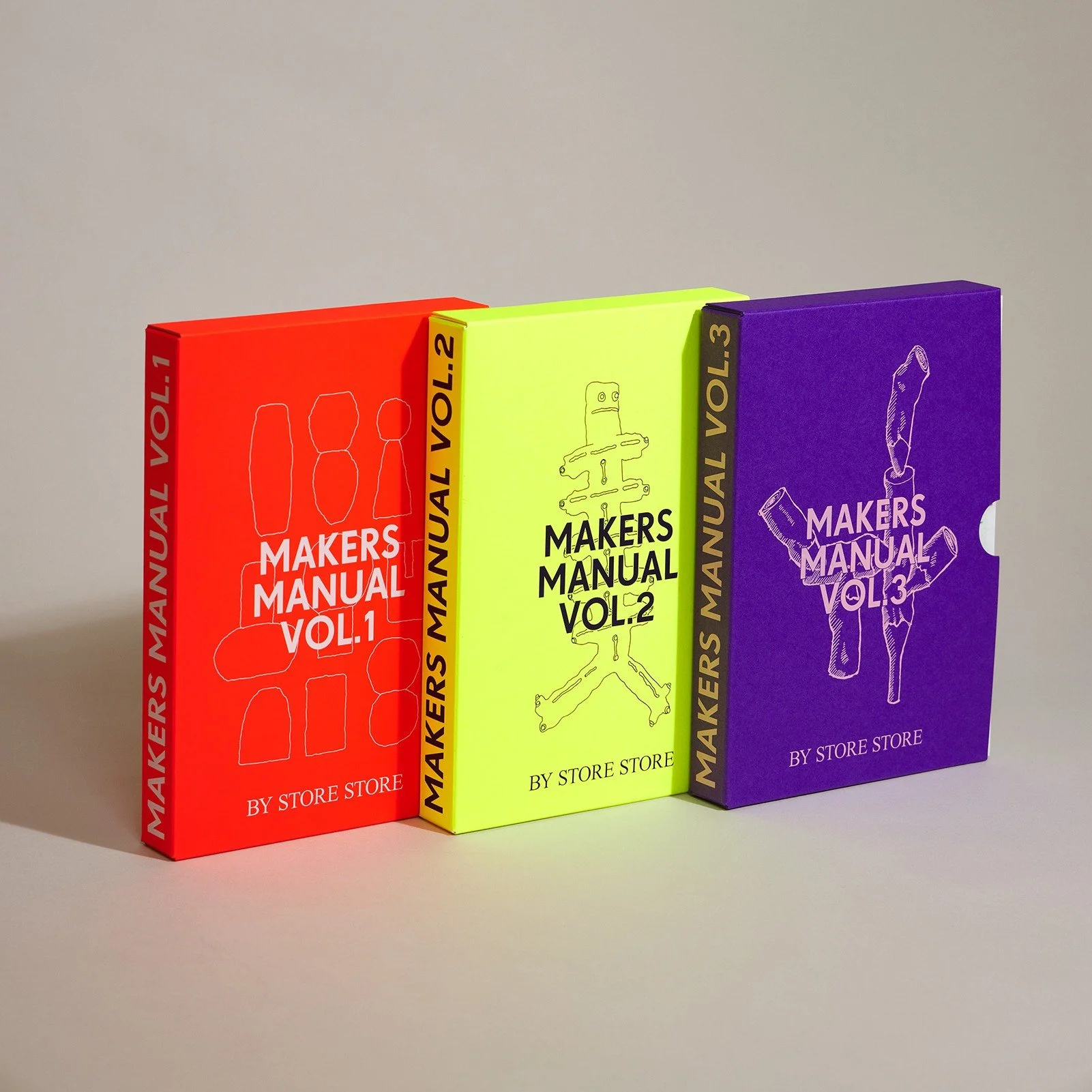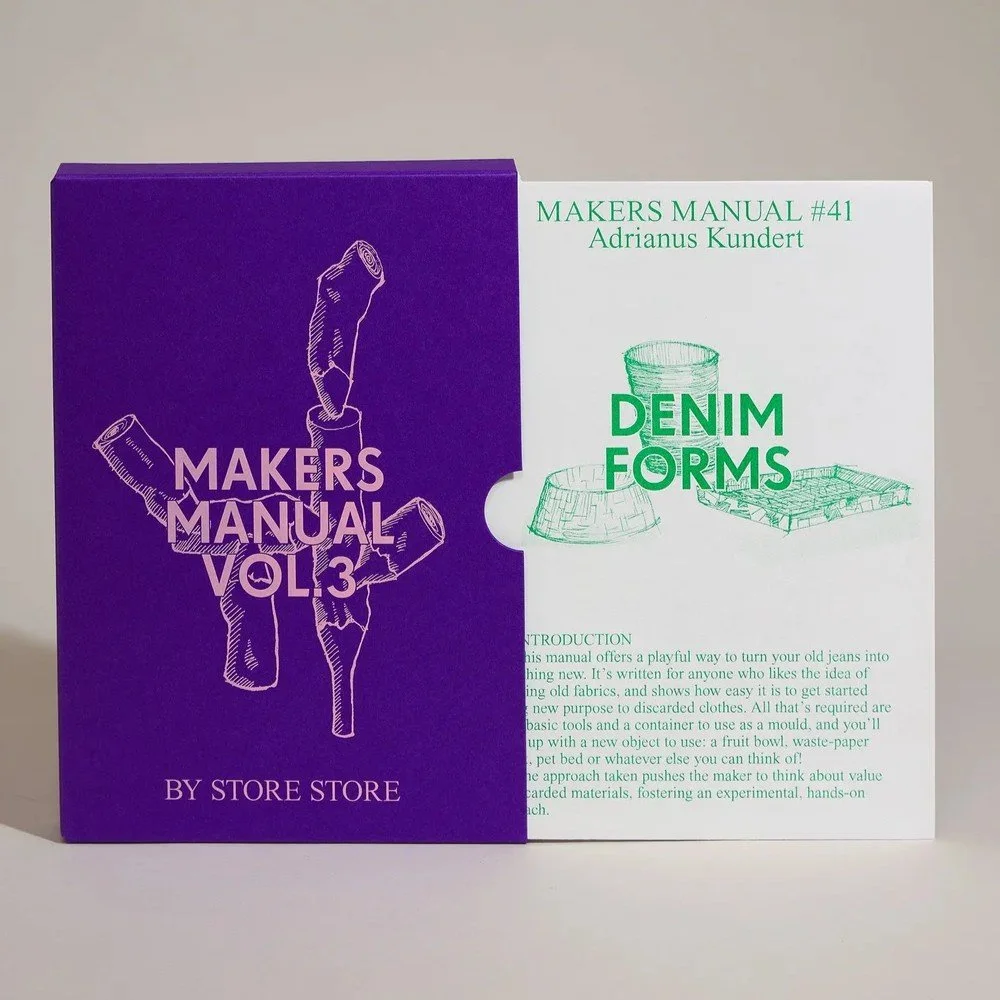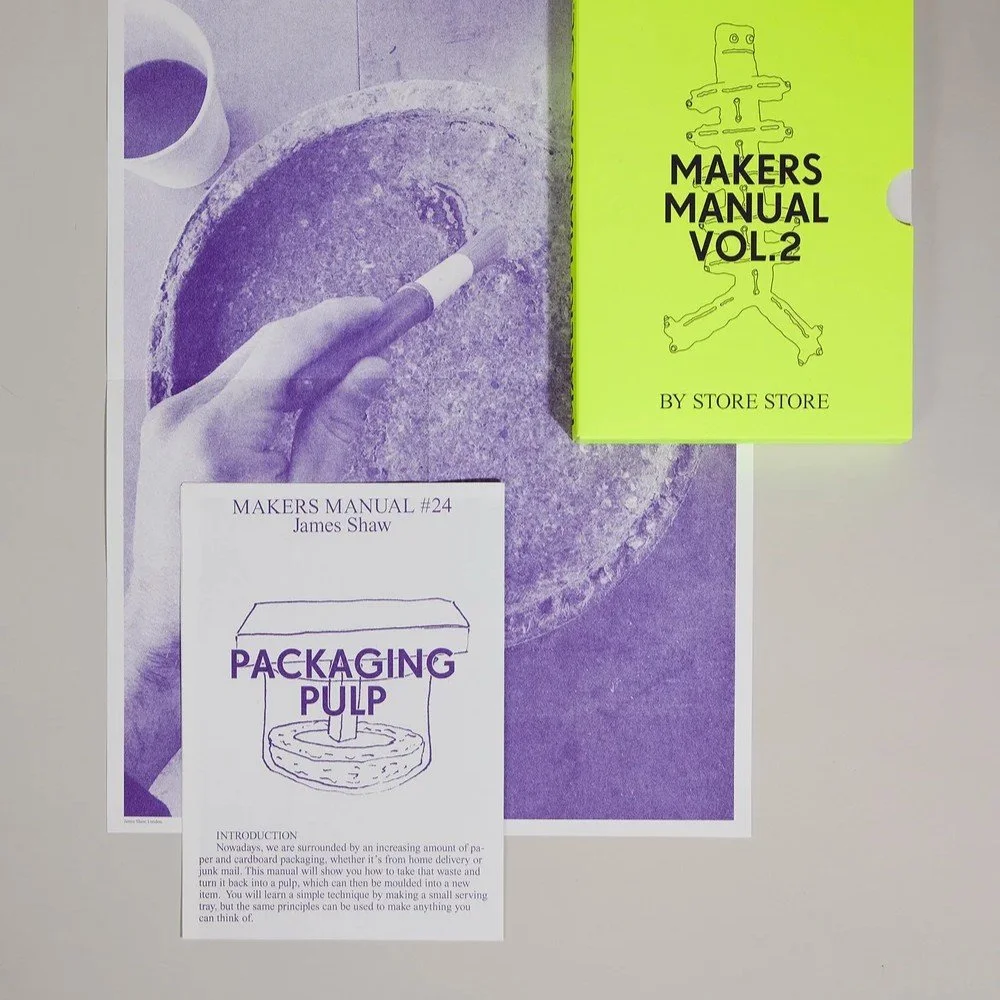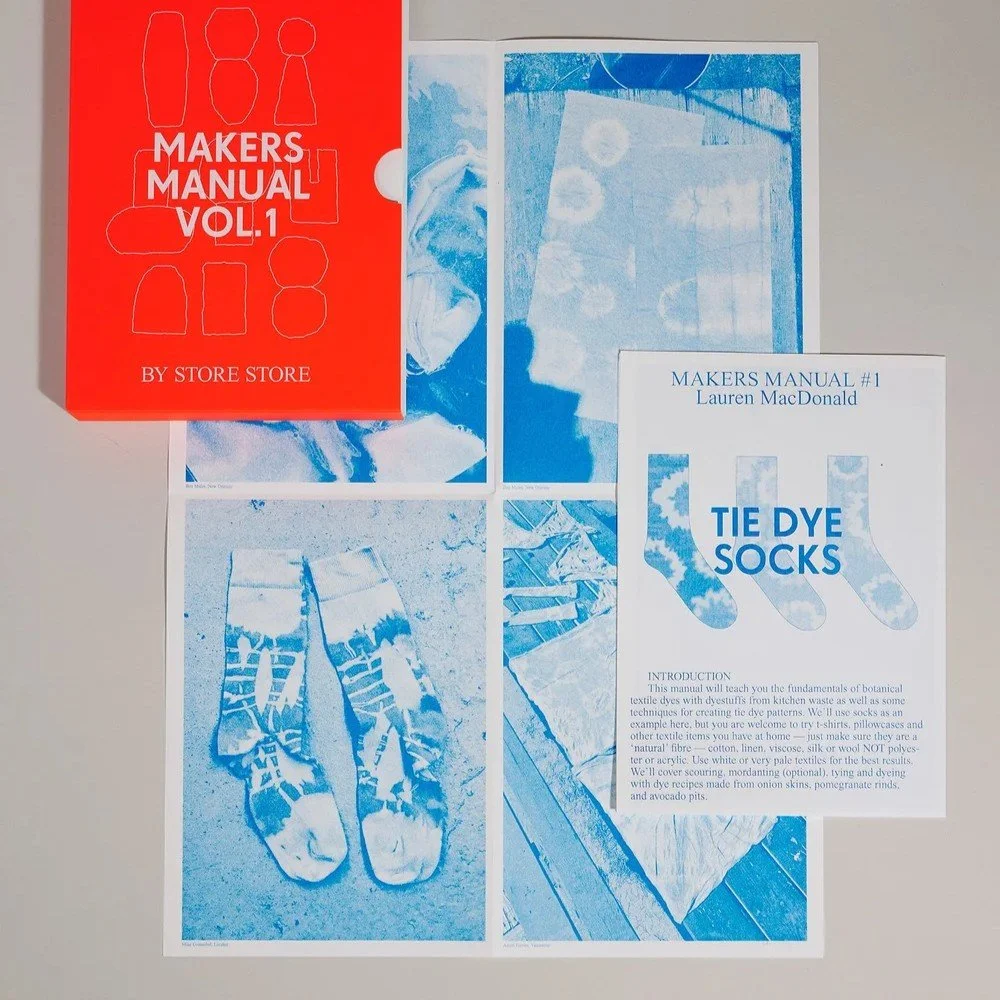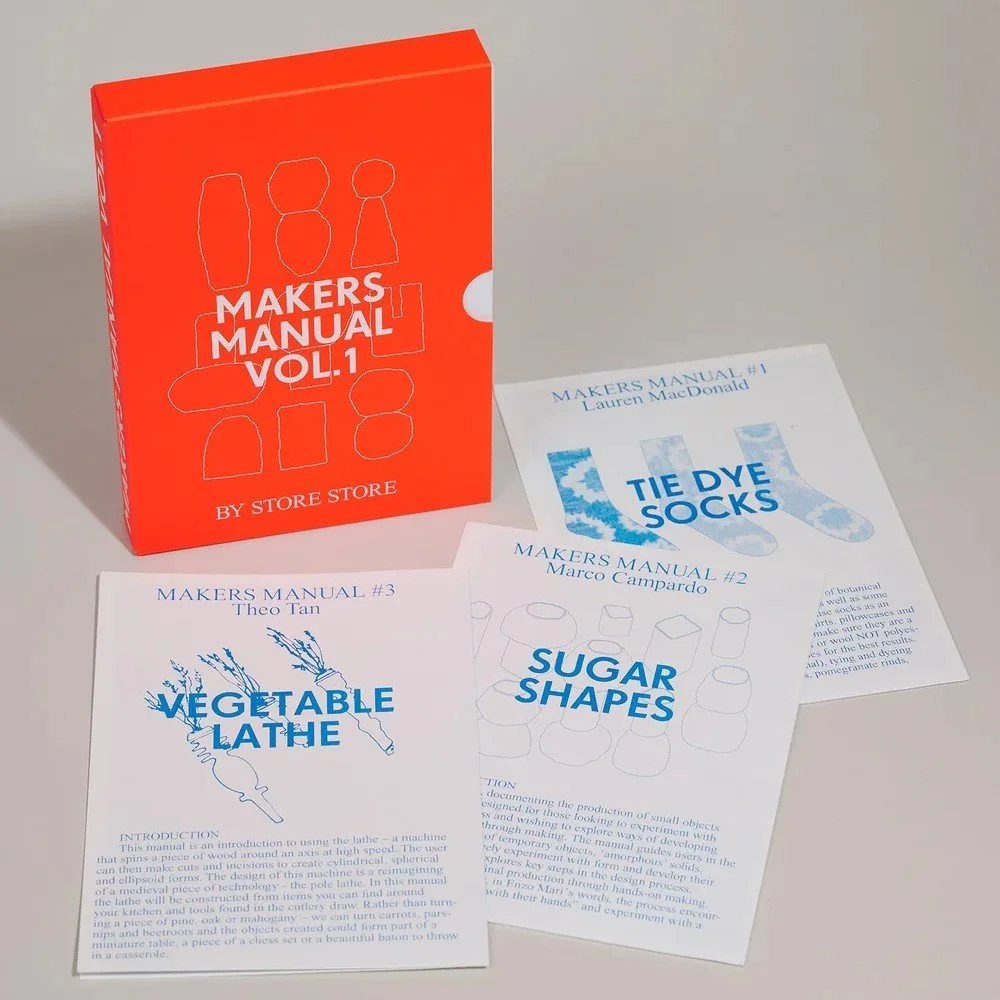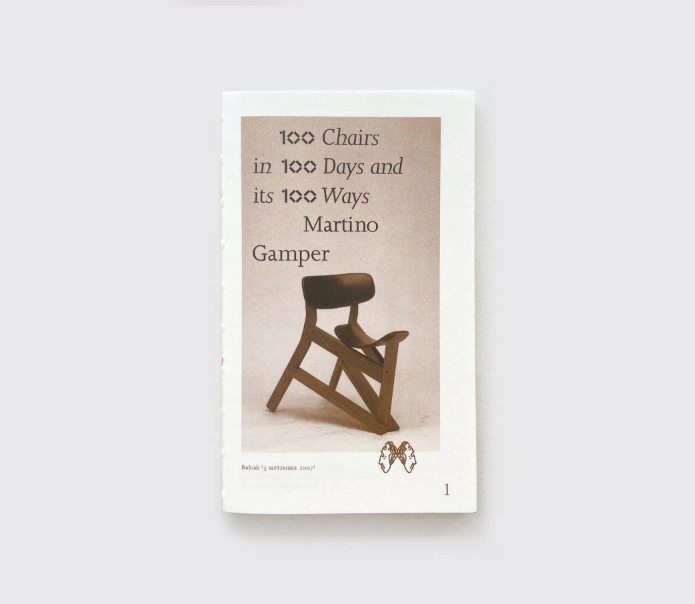 Image 1 of 3
Image 1 of 3

 Image 2 of 3
Image 2 of 3

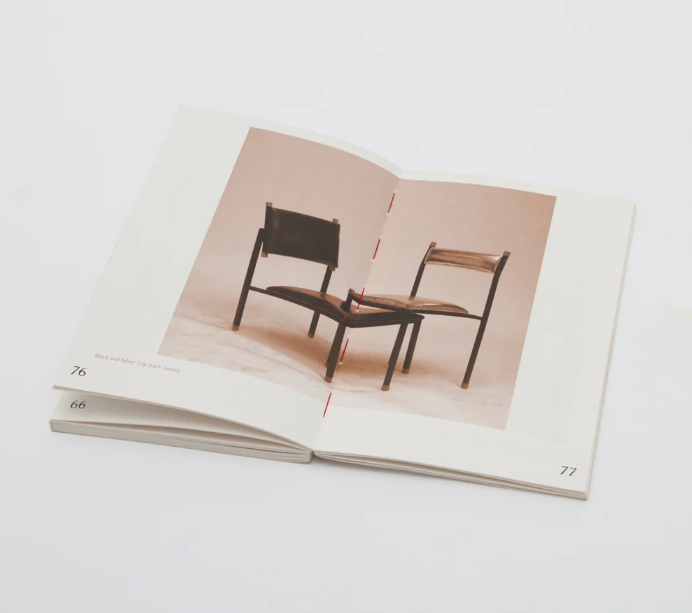 Image 3 of 3
Image 3 of 3




100 Chairs by Martino Gamper
“I didn’t make one hundred chairs just for myself or even in an effort to rescue a few hundred unwanted chairs from the streets. The motivation was the methodology: the process of making, of producing and absolutely not striving for the perfect one. This kind of making was very much about restrictions rather than freedom. The restrictions were key: the material, the style or the design of the found chairs and the time available — just a 100 days. Each new chair had to be unique, that’s what kept me working toward the elusive one-hundredth chair.
I collected discarded chairs from London streets (or more frequently, friends’ homes) over a period of about two years. My intention was to investigate the potential of creating useful new chairs by blending together the stylistic and structural elements of the found ones. The process produced something like a three-dimensional sketchbook, a collection of possibilities. I wanted to question the idea of there being an innate superiority in the one-off and used this hybrid technique to demonstrate the difficulty of any one design being objectively judged The Best. I also hope my chairs illustrate — and celebrate — the geographical, historical and human resonance of design: what can they tell us about their place of origin or their previous sociological context and even their previous owners? For me, the stories behind the chairs are as important as their style or even their function.
I wanted the project to stimulate a new form of design-thinking and to provoke debate about the value, functionality and the appropriateness of style for certain types of chair. What happens to the status and potential of a plastic garden chair when it is upholstered with luxurious yellow suede? The approach is elastic, highlighting the importance of contextual origin and enabling the creative potential of random individual elements spontaneously thrown together. The process of personal action that leads towards making rather than hesitating."
— Martino Gamper
Author / Editor: Martino Gamper
Design: Åbäke
Pages: 100
Dimensions:
115 mm W x 190 mm H
Format: Softcover
All proceeds from products sold go towards supporting our After School Club educational programme for state school students.
“I didn’t make one hundred chairs just for myself or even in an effort to rescue a few hundred unwanted chairs from the streets. The motivation was the methodology: the process of making, of producing and absolutely not striving for the perfect one. This kind of making was very much about restrictions rather than freedom. The restrictions were key: the material, the style or the design of the found chairs and the time available — just a 100 days. Each new chair had to be unique, that’s what kept me working toward the elusive one-hundredth chair.
I collected discarded chairs from London streets (or more frequently, friends’ homes) over a period of about two years. My intention was to investigate the potential of creating useful new chairs by blending together the stylistic and structural elements of the found ones. The process produced something like a three-dimensional sketchbook, a collection of possibilities. I wanted to question the idea of there being an innate superiority in the one-off and used this hybrid technique to demonstrate the difficulty of any one design being objectively judged The Best. I also hope my chairs illustrate — and celebrate — the geographical, historical and human resonance of design: what can they tell us about their place of origin or their previous sociological context and even their previous owners? For me, the stories behind the chairs are as important as their style or even their function.
I wanted the project to stimulate a new form of design-thinking and to provoke debate about the value, functionality and the appropriateness of style for certain types of chair. What happens to the status and potential of a plastic garden chair when it is upholstered with luxurious yellow suede? The approach is elastic, highlighting the importance of contextual origin and enabling the creative potential of random individual elements spontaneously thrown together. The process of personal action that leads towards making rather than hesitating."
— Martino Gamper
Author / Editor: Martino Gamper
Design: Åbäke
Pages: 100
Dimensions:
115 mm W x 190 mm H
Format: Softcover
All proceeds from products sold go towards supporting our After School Club educational programme for state school students.






